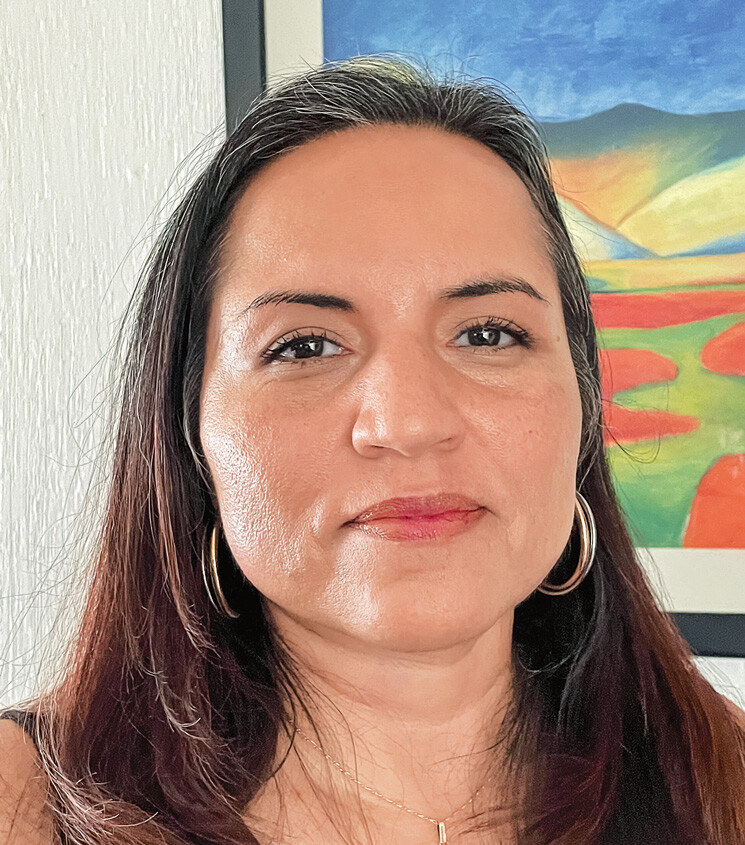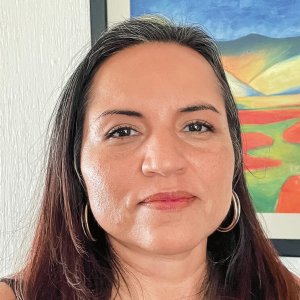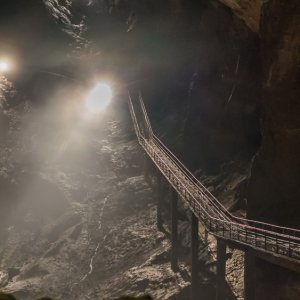Lessons for Mining From a 6-Year-Old

STORY INLINE POST
Why do we keep talking about inclusion in 2021? Let me tell you an anecdote that recently happened to me. My 6-year-old daughter was taking an online class and the teacher asked them: Can a girl play with a car if she wants to? The children were asked to vote yes or no, and a very sad little girl answered, “I want to, but my grandfather says that's for boys.”
The reality is that, although much has been said about gender equality, its benefits and breaking paradigms, we are still surrounded by many stereotypes that continue to influence the very education of the new generations. In the labor sector, great strides have been made with regard to inclusion. The importance and advantages of including women in its different areas of operation have been recognized. You can count on a greater range of personnel resources to meet your demand for skilled labor, obtain better results in productivity and security, and better social acceptance for companies. In addition to this, allowing women to work in the mining industry contributes to the economic development of the country by giving women the opportunity to have a better income.
There have been many actions that have been carried out to promote the participation of women, including talks, strengthening codes of ethics, better procedures in human resources, and creating support programs for both women who work directly in the mining industry and for women in the surrounding communities. However, despite these actions, in 2019 and 2020, the participation of women in Mexican mining remained at around 16 percent. So, what do we lack to achieve greater participation of women in the sector?
In September of this year, McKinsey & Company published an article titled, Why Are Women Leaving the Mining Industry and What Can Companies Do About It? Reviewing this article, we can see that there is a lot of work to be done in the stage of retention or permanence of women in the sector since the perception of opportunity for growth and development among women is lost even before they can reach the middle management level, forcing them to leave their jobs and look for alternatives. Women in the mining sector with experience and knowledge have the perception that the mining companies under-employ or undervalue their skills. Even the training programs that many mining companies have implemented have not been as successful since the perception is that these programs are focused primarily on men or that they only exist to meet one requirement.
Some of these situations can be considered within what we call the "glass ceiling" while others can be considered what is called the "sticky floor." Both terms relate to the invisible barriers that many women still face to achieve advancement in their professional development.
Many of the women today in the sector have experienced situations that visibly or invisibly have limited us, at some point, in our professional development. Personally, I had to contend with the lack of toilets for women in the work area and I also had to listen to comments such as "what can you teach me?" or "you’re only here to distract my boys."
That is why it is important to have organizations and alliances that promote the development of programs that encourage the participation of women in the mining sector by developing their skills and empowerment and also improving the work environment where the participation of men and women is important. We also must jointly look for solutions to face challenges that include:
- The need for robust data on women's participation and contribution to decision-making
- Attracting and retaining Women in STEM careers
- Design of inclusive workspaces
- Role models and mentoring programs
- The need for training and capacity-building for women, and
- The retention of trained talent
Government, mining companies and civil associations have together gone a long way to achieve inclusive mining. However, we are also aware of how much we still have to do. Today, men and women work together from our area of responsibility to help this sector achieve its objectives of production, health and safety and environmental protection. This will lead us to achieve the comprehensive economic development sought by all of us who participate directly and indirectly in the sector along with members of the communities of influence.








 By Ana Laura Muñoz | Director General -
Thu, 12/09/2021 - 10:50
By Ana Laura Muñoz | Director General -
Thu, 12/09/2021 - 10:50
















